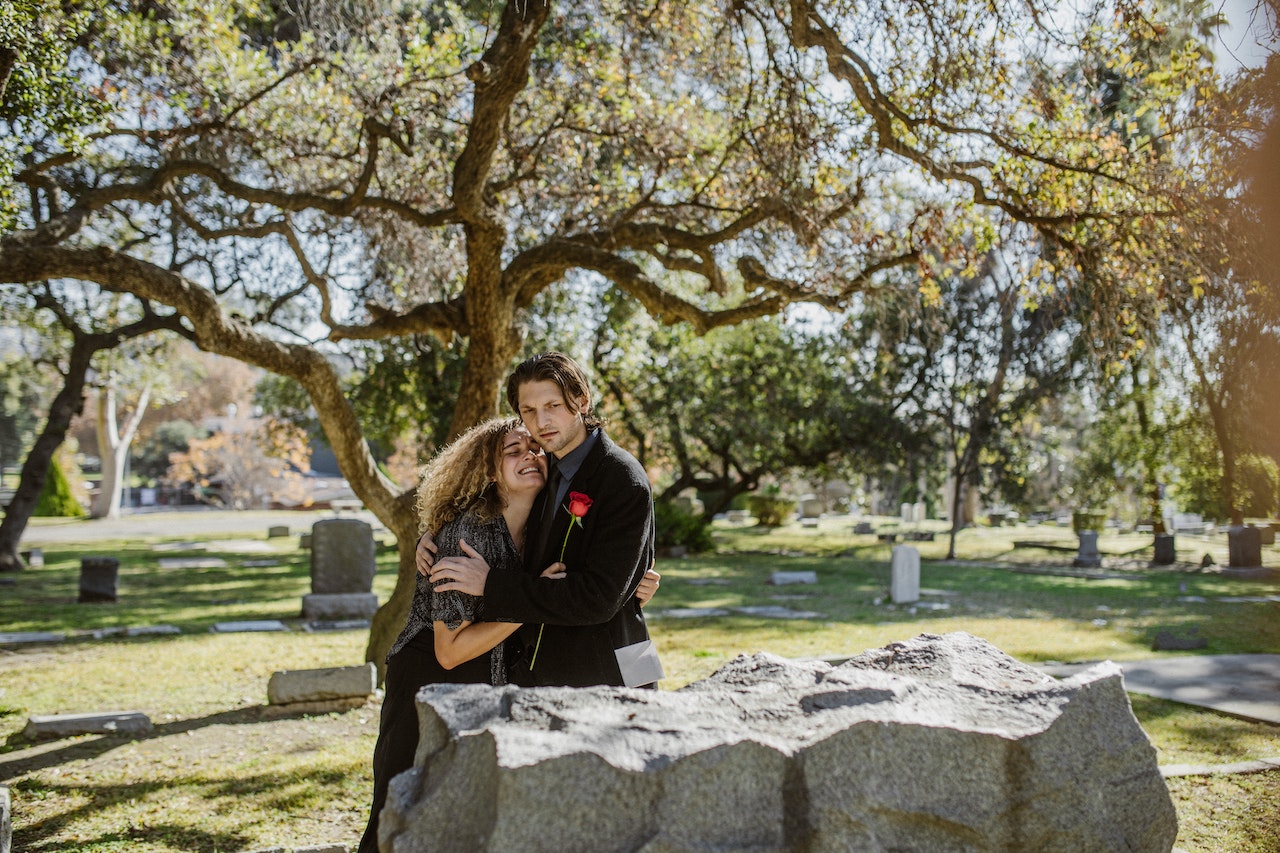
7 Vital Steps to Take After a Wrongful Death Accident
Losing a loved one is an incredibly painful experience, and when that loss is the result of a wrongful death accident, the devastation can be even more profound. In these difficult times, it’s crucial to take certain steps to protect your rights and ensure justice is served. Here are seven vital steps to take after a wrongful death accident.
1. Seek Legal Representation
One important step to take after a wrongful death accident is to seek legal representation, and it’s worth noting that many attorneys offer free consultations. During a free consultation, you can discuss your case with an attorney and get an understanding of your legal options. These consultations provide an opportunity to ask questions, understand the attorney’s expertise, and determine if they fit your case. Many organizations and charities also provide free or affordable legal help to individuals with low incomes who may not be able to afford traditional legal services. It’s important to research and reach out to these resources to explore the possibility of obtaining free legal representation or assistance.
2. Gather Evidence
In order to build a strong case, it’s essential to gather as much evidence as possible related to the accident. This includes collecting photographs of the accident scene, obtaining witness statements, and gathering any relevant medical records. The more evidence you have, the stronger your case will be.
Additionally, it’s crucial to preserve any physical evidence that may be important to the investigation. This could include damaged vehicles, defective products, or any other objects that played a role in the accident. Your attorney will work closely with you to ensure that all relevant evidence is collected and preserved.
3. Notify Authorities and Insurance Companies
After a wrongful death accident, it’s important to notify the appropriate authorities and insurance companies. Contact the local police department to report the accident and obtain an official report. This report will serve as evidence and be crucial in establishing liability.
You should also reach out to the insurance companies involved, both yours and the at-fault party’s. Provide them with all the necessary information and initiate the claims process. Your attorney can assist you in dealing with these insurance companies and ensure that your rights are protected.
4. Communicate with the Deceased’s Estate Executor
If the deceased had an estate executor, it’s important to establish clear lines of communication with them. The estate executor is responsible for handling legal matters related to the deceased person’s assets and liabilities. They will play a crucial role in the wrongful death case, so maintaining open and effective communication is essential.
Work closely with the estate executor to ensure that they have all the necessary information and documentation to proceed with any legal actions on behalf of the deceased’s estate. Your attorney can provide guidance on how to communicate effectively with the executor and ensure a smooth process.

5. Establish Liability and Damages
Determining liability is a critical step in a wrongful death case. Your attorney will thoroughly investigate the accident to establish who is at fault. This may involve collecting additional evidence, interviewing witnesses, and consulting with expert witnesses if necessary.
Once liability is established, your attorney will also work to determine the damages suffered as a result of the wrongful death. This includes economic damages, such as medical expenses and lost income, as well as non-economic damages, such as pain and suffering. Understanding the full extent of the damages will help ensure that you seek appropriate compensation.
6. Pursue Compensation and Justice
With the guidance of your attorney, you can pursue compensation and justice through various means. One option is to file a wrongful death lawsuit against the responsible parties. Your attorney will handle all the legal aspects of the case and fight for the compensation you deserve.
In some cases, settlement negotiations or mediation may be pursued as alternatives to going to trial. Your attorney will advise you on the best course of action based on the specifics of your case. The goal is to secure fair compensation that reflects your losses and ensures accountability for the responsible parties.
7. Take Care of Emotional Well-being
In addition to the legal aspects, it’s important to prioritize your emotional well-being during this difficult time. Losing a loved one is emotionally challenging, and seeking support from friends, family, and professionals is crucial. Consider joining support groups or seeking counseling to help cope with grief and loss.
Taking care of your emotional well-being will help you navigate the grieving process and provide you with the strength and resilience needed to handle the legal proceedings effectively.
In conclusion, after a wrongful death accident, it’s vital to take these seven vital steps to protect your rights and ensure justice is served. Seek legal representation, gather evidence, notify authorities and insurance companies, communicate with the deceased’s estate executor, establish liability and damages, pursue compensation and justice, and take care of your emotional well-being. By following these steps, you can navigate through this difficult time and work towards obtaining the justice and compensation you and your loved ones deserve.
Remember, this blog is intended to provide general information and should not be considered legal advice. Consult with a qualified wrongful death attorney to discuss the specifics of your case and receive personalized legal advice.









